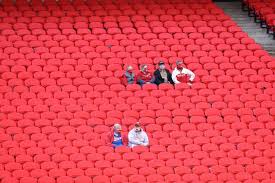Imagine 200 pounds of solid man barreling towards you with the sole purpose of knocking you down. Buster Posey knows this experience.
These are two of the dangerous injuries on the diamond in the past few years. Baseball, never thought of as a contact sport, is making changes to increase the safety of the players. Home-plate collisions, like the one that cost Posey the majority of his post Rookie of the Year season, are a reason for these changes. Due to an overwhelming majority of owners voting for the rule change, 2014 will see catchers and base runners attempting to make the play within the boundaries of the new limit. As has been the case for many years in amateur levels of baseball, catchers can no longer obstruct home plate from the runner, and runners cannot interfere with the catcher.
Pitchers who are worried about the possibility of concussion or head trauma now have an additional option to prevent damage. Protection gear manufacturer isoBLOX has introduced caps with extra padding that will be optional for all pitchers starting in spring training. The wider and heavier hats are, by many pitchers’ accounts, not comfortable, and most will forego this safety opportunity. In reference to the cap, McCarthy tweeted, “headed in right direction but not game ready.”
All pitchers can appreciate the effort to reduce danger, but they understand that performance is more beneficial than a marginal increase in protection. McCarthy and his peers around the league will not be using the padding out of fear of not pitching comfortably.
These changes are not the child of necessity, but rather due to fear of more injuries. This issue is nothing new; Ray Chapman was struck by a pitch in the back of the head in 1920. Although the injury sustained at the plate killed him, MLB did not require batting helmets until 1971.
The NFL is continuing to deal with problems that arise from concussions on the gridiron. Hockey allows for players to punch each other mercilessly, and even basketball has its own safety concerns. So why is it baseball, the safest of the major American sports, that is so concerned with health when its worst accidents only require a surgery and a one year hiatus?
It is very possible that Commissioner Bud Selig is trying to salvage his reputation in his final year at the helm of MLB. Along with increased instant replay, these changes are challenging the tradition of the national pastime. Pitchers and catchers do not run into these dangerous injuries with great frequency. In recent years, no player has had to call his career quits after sustaining one of these accidents. These preventative measures may be overkill, but if it works and is approved by owners and the players’ association, the minor adjustments should not change the root of the game.





